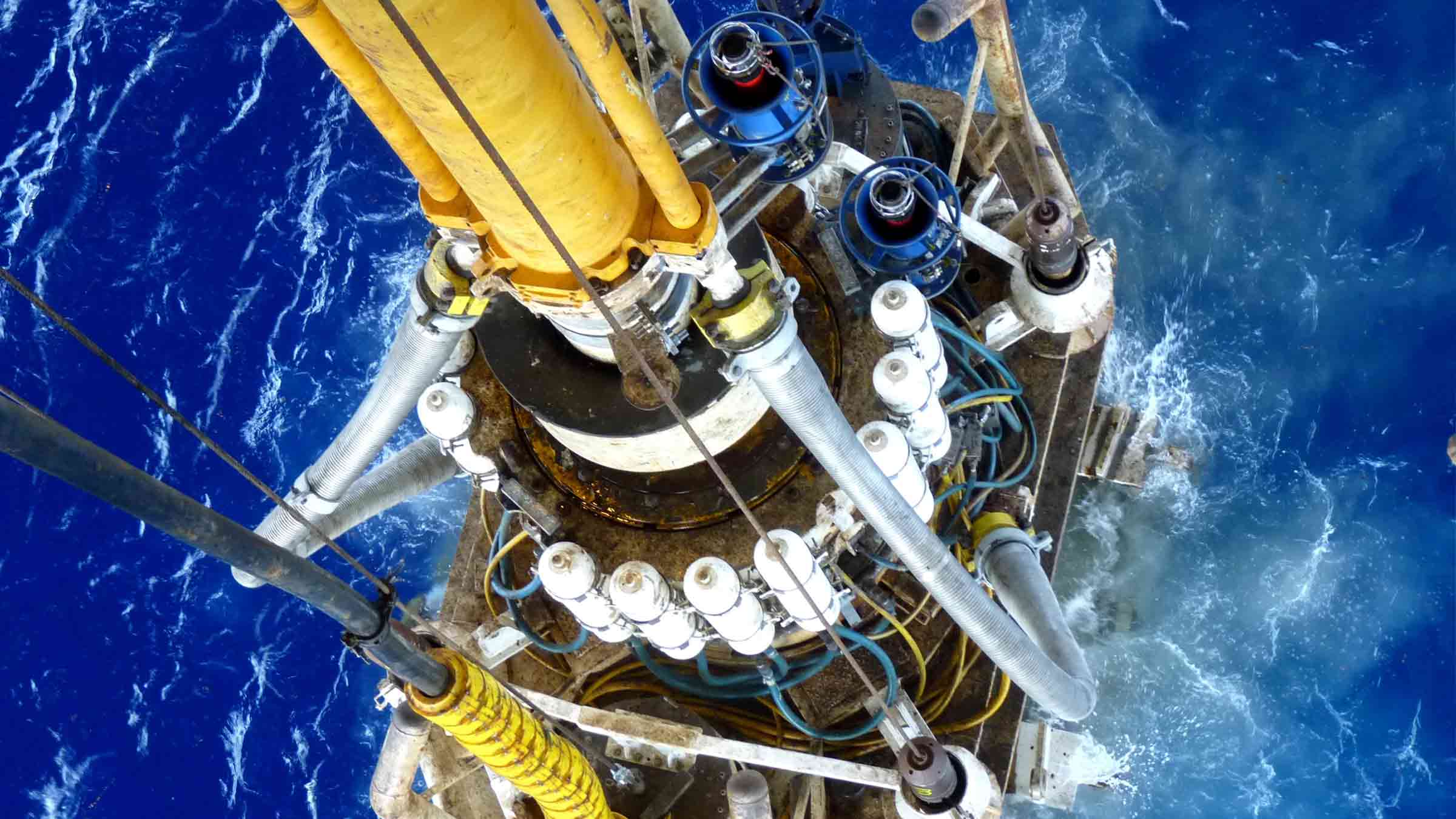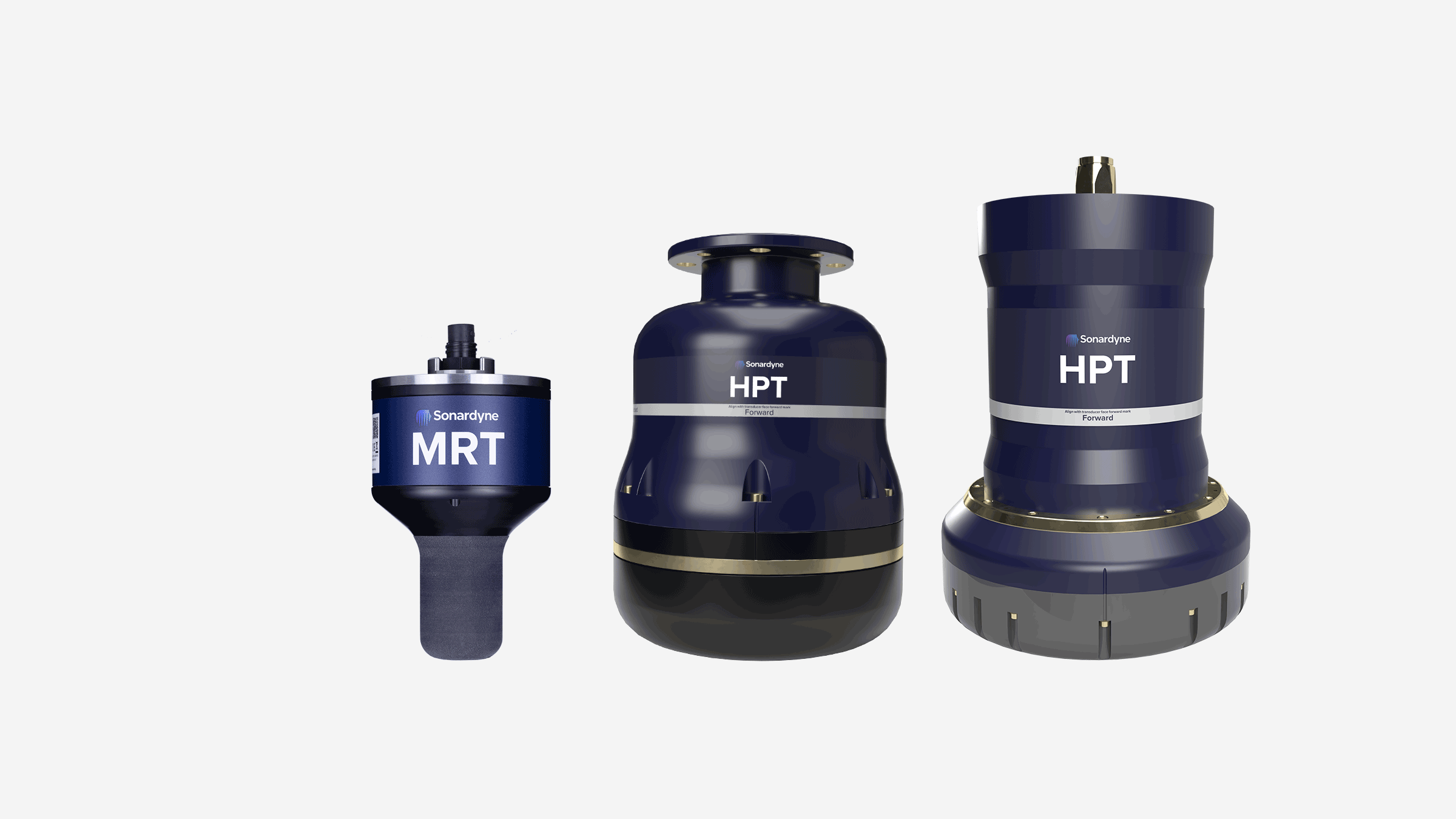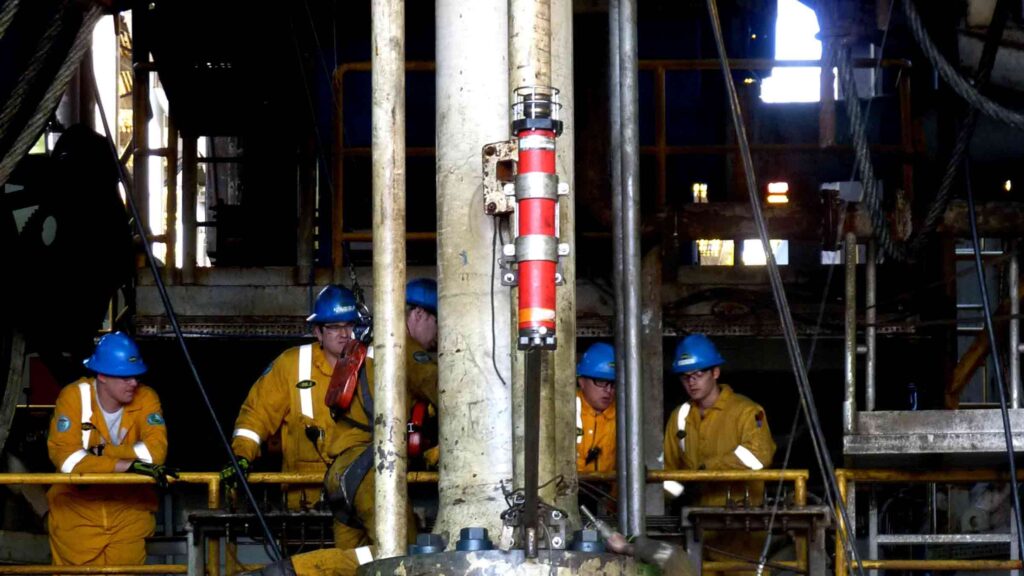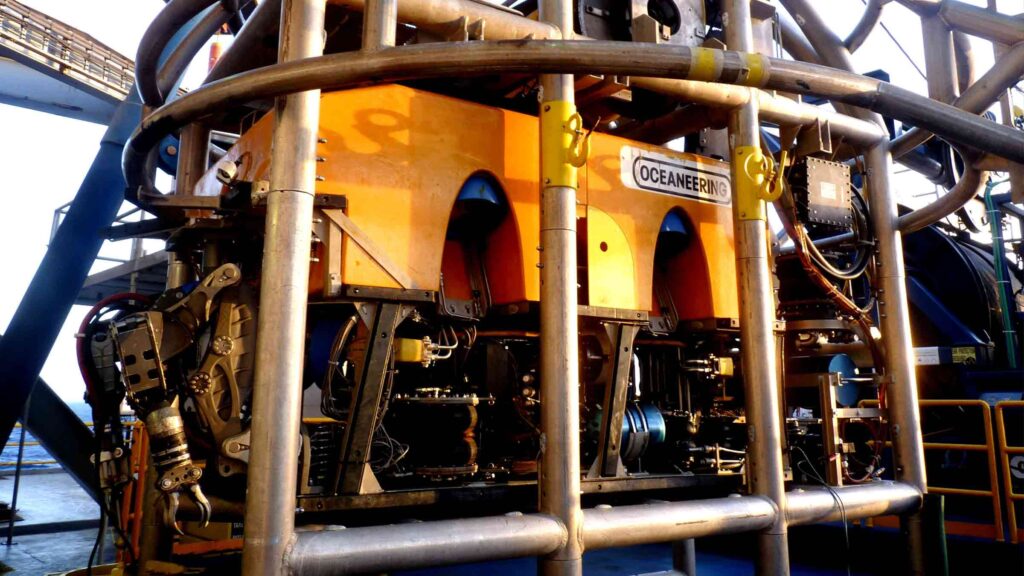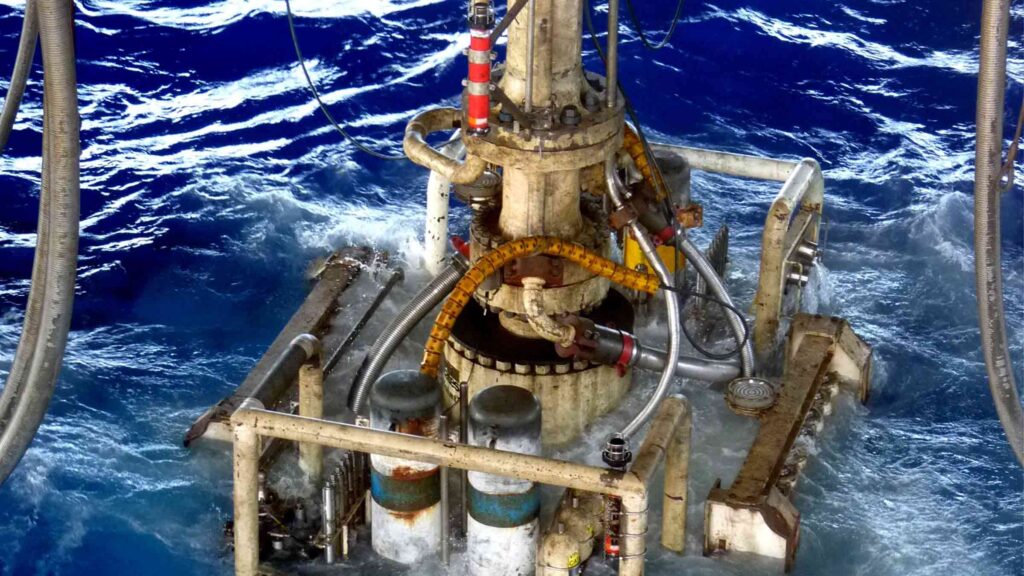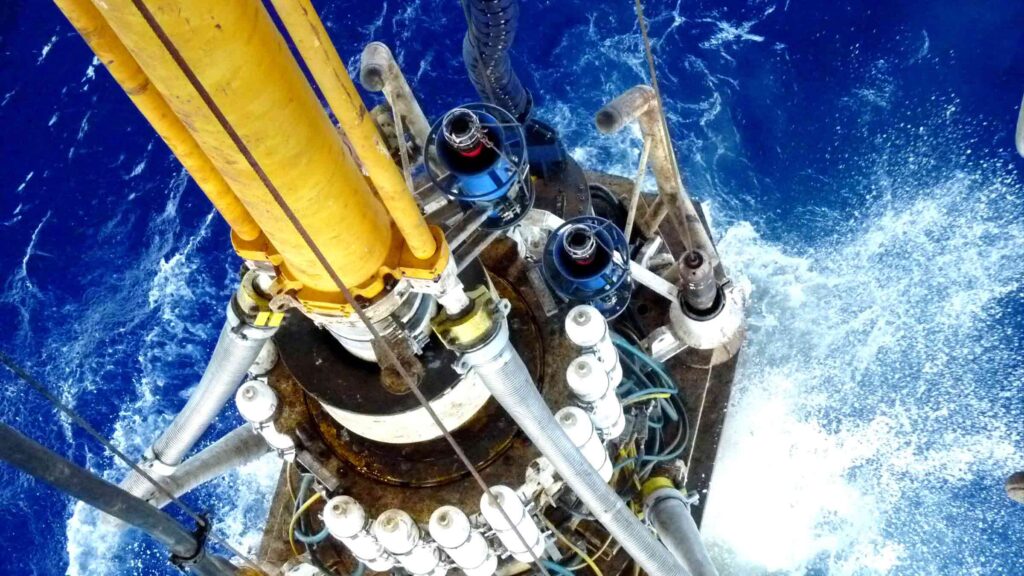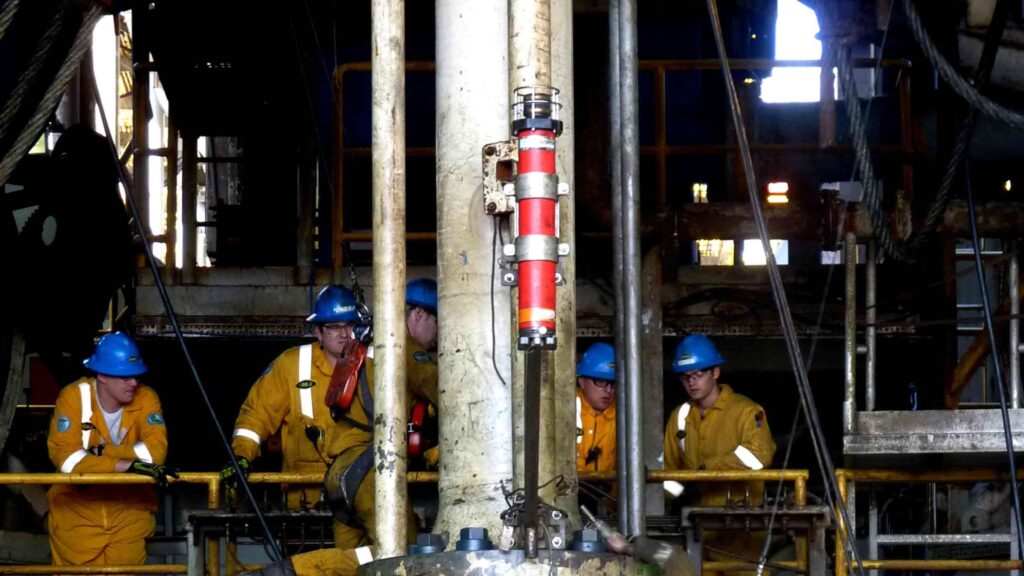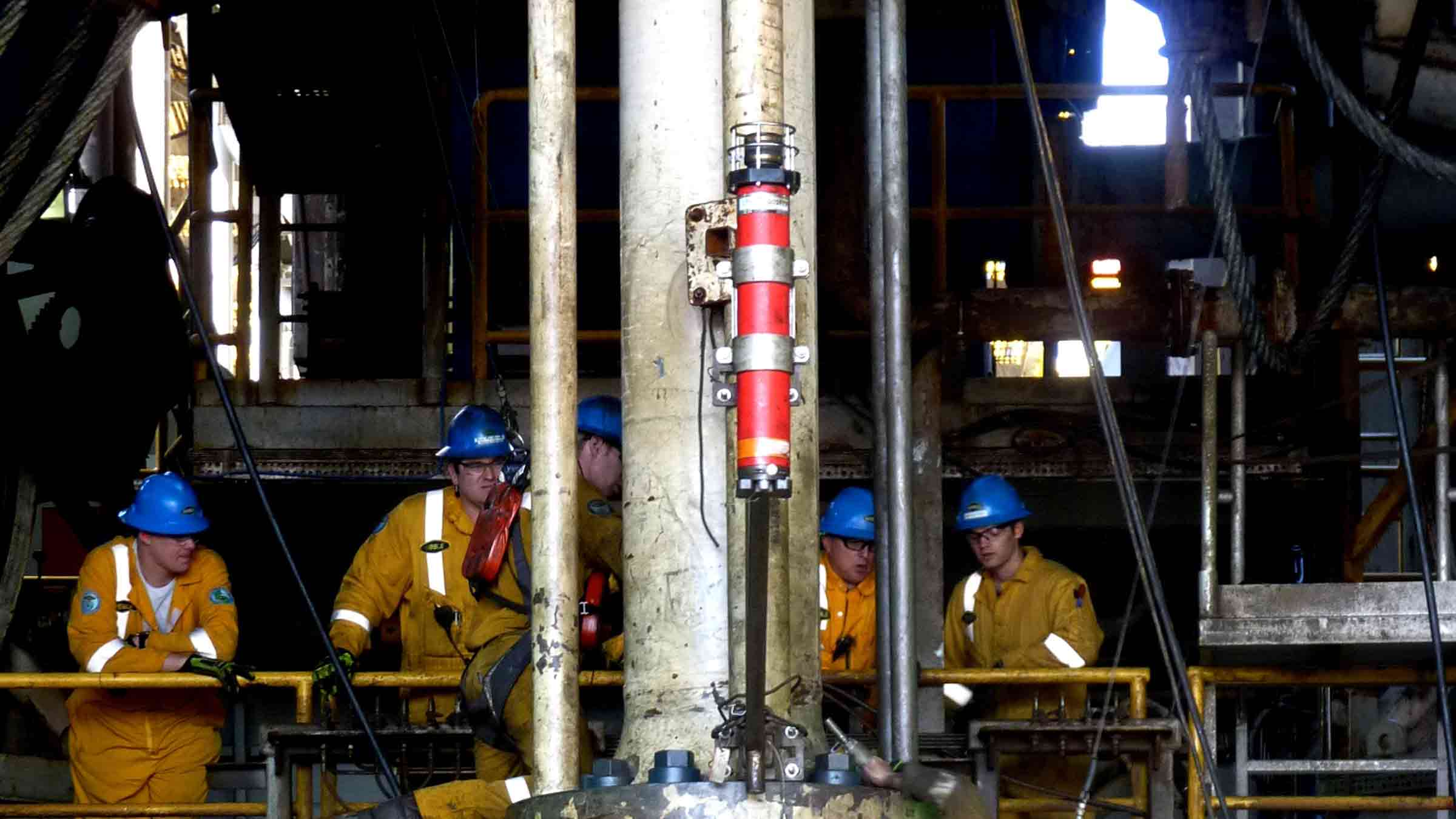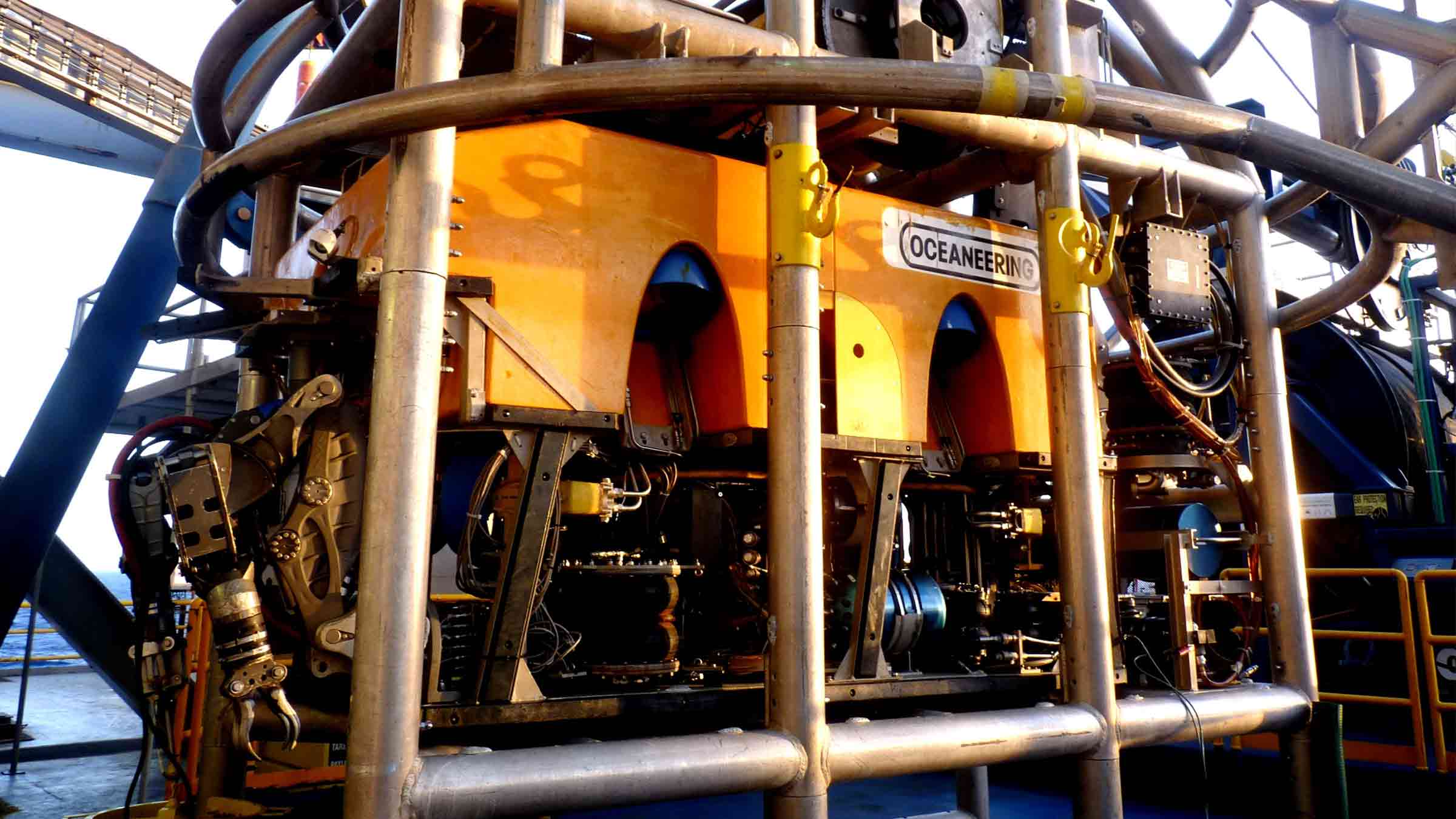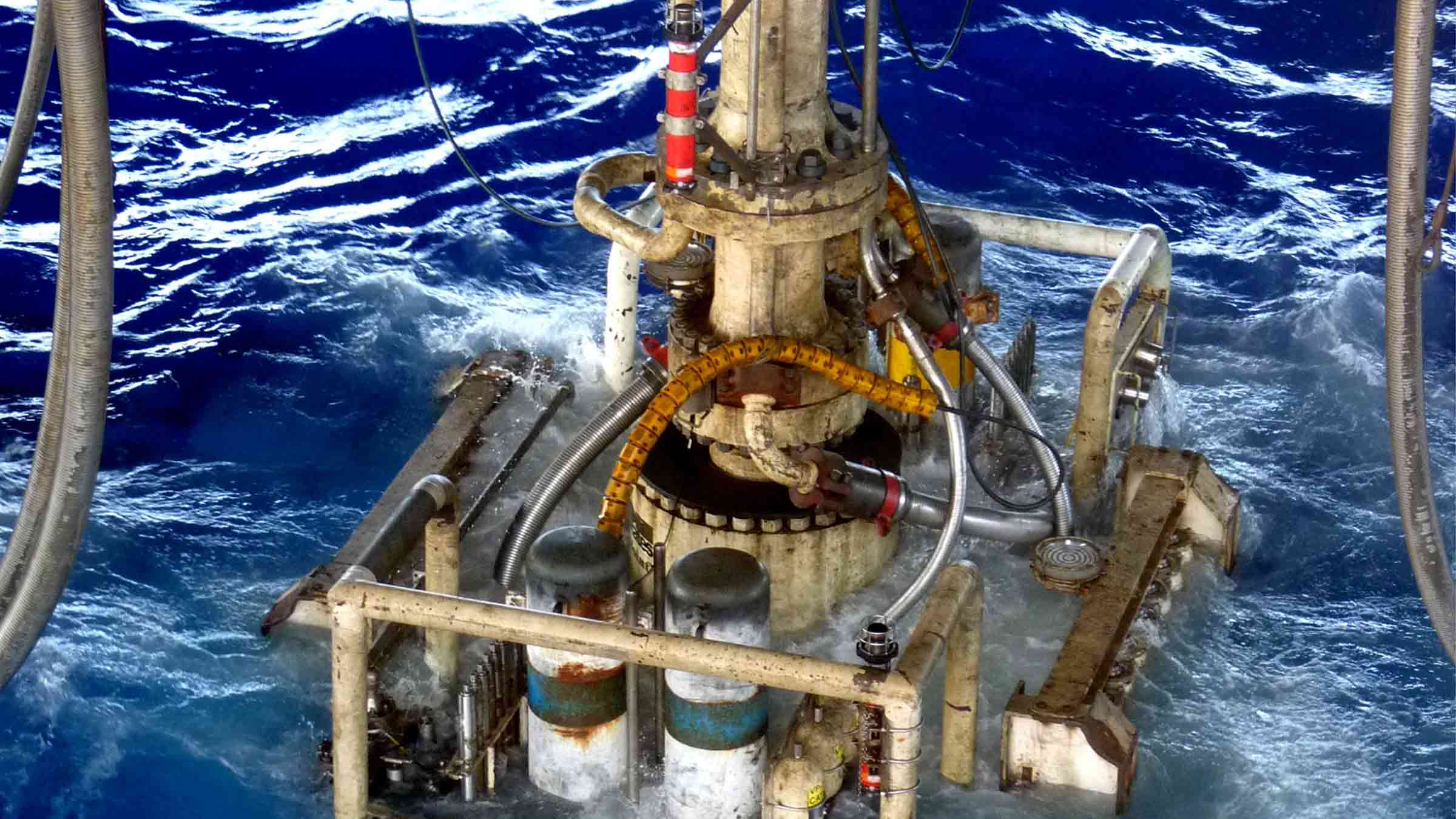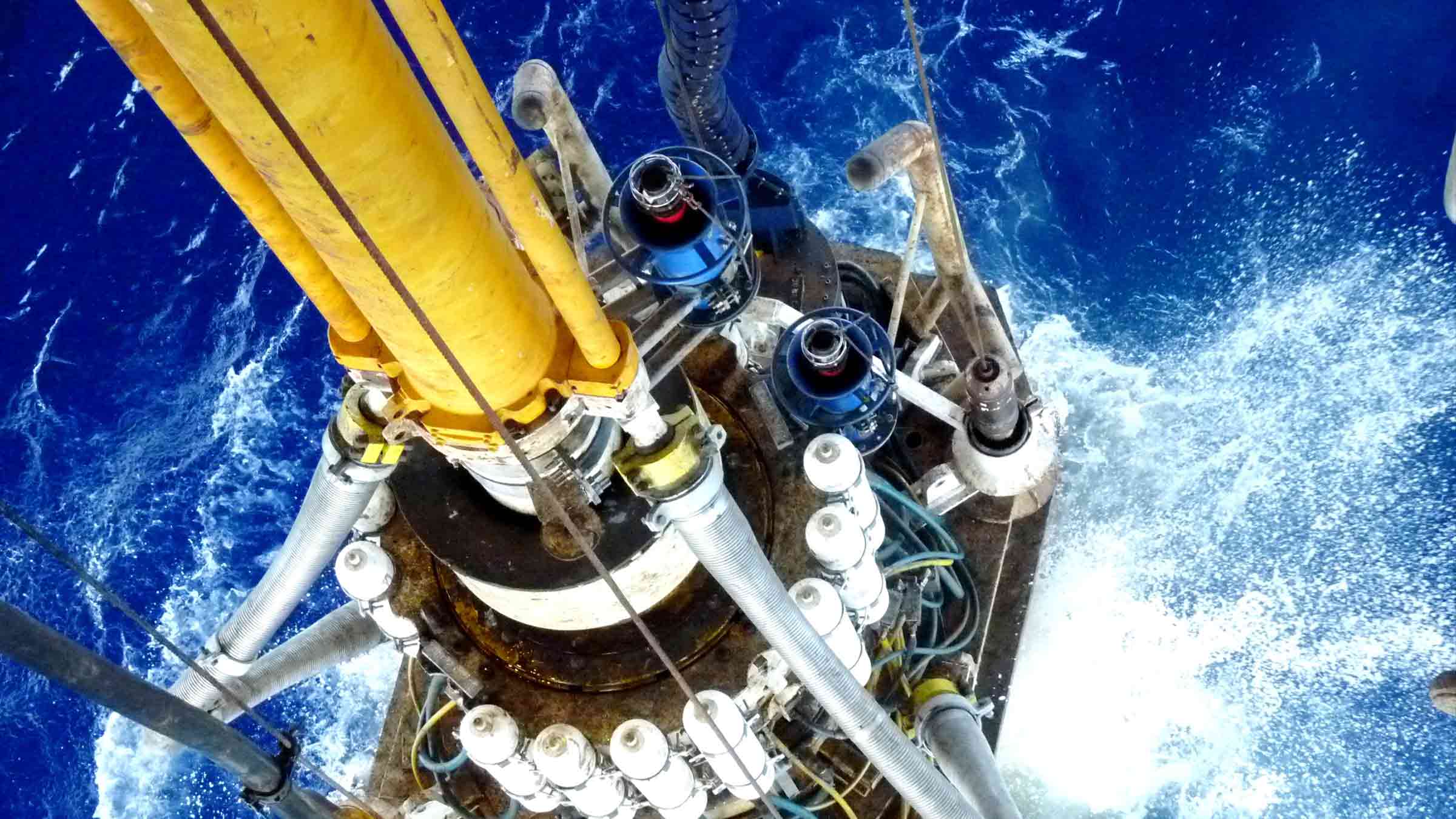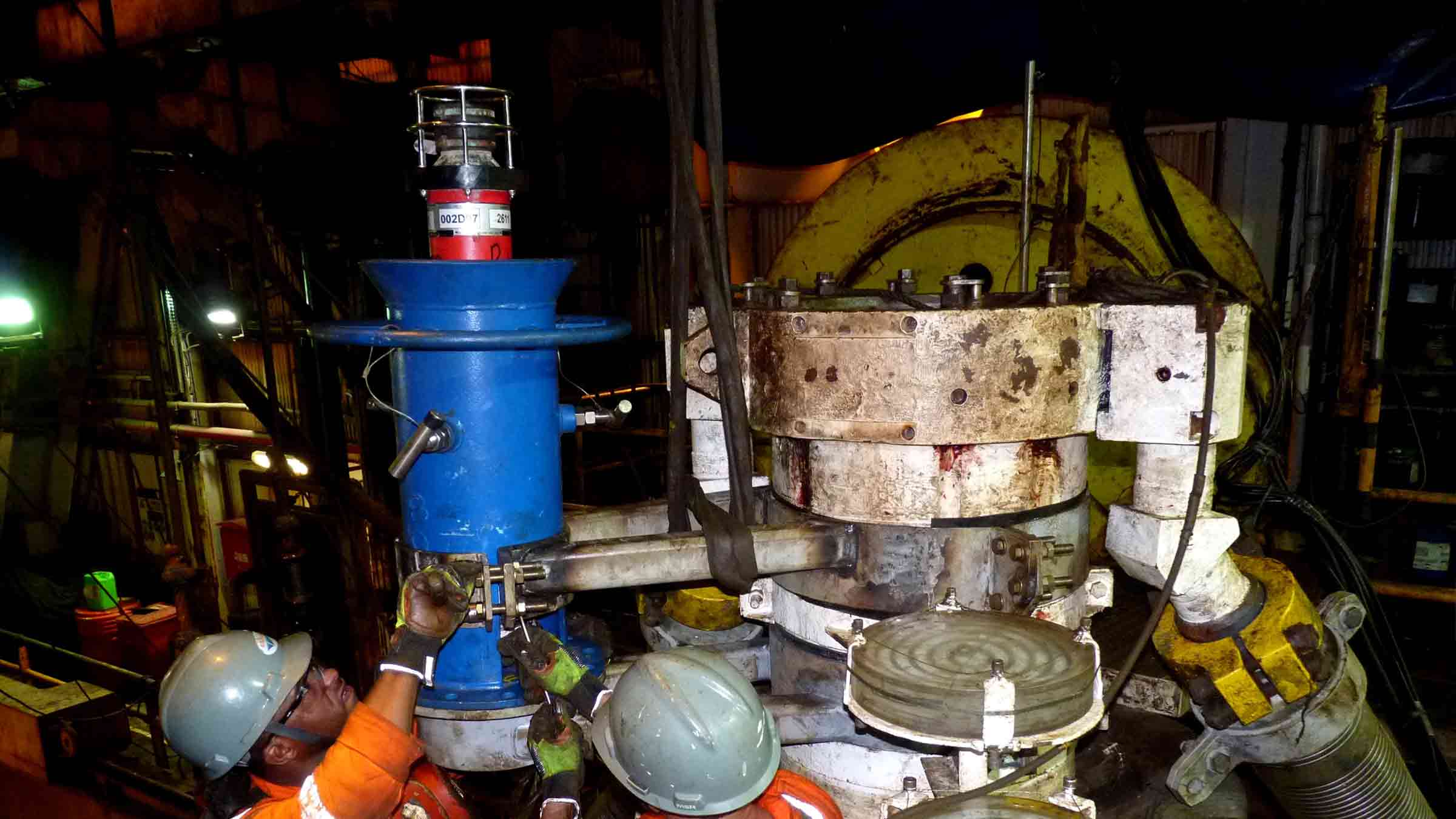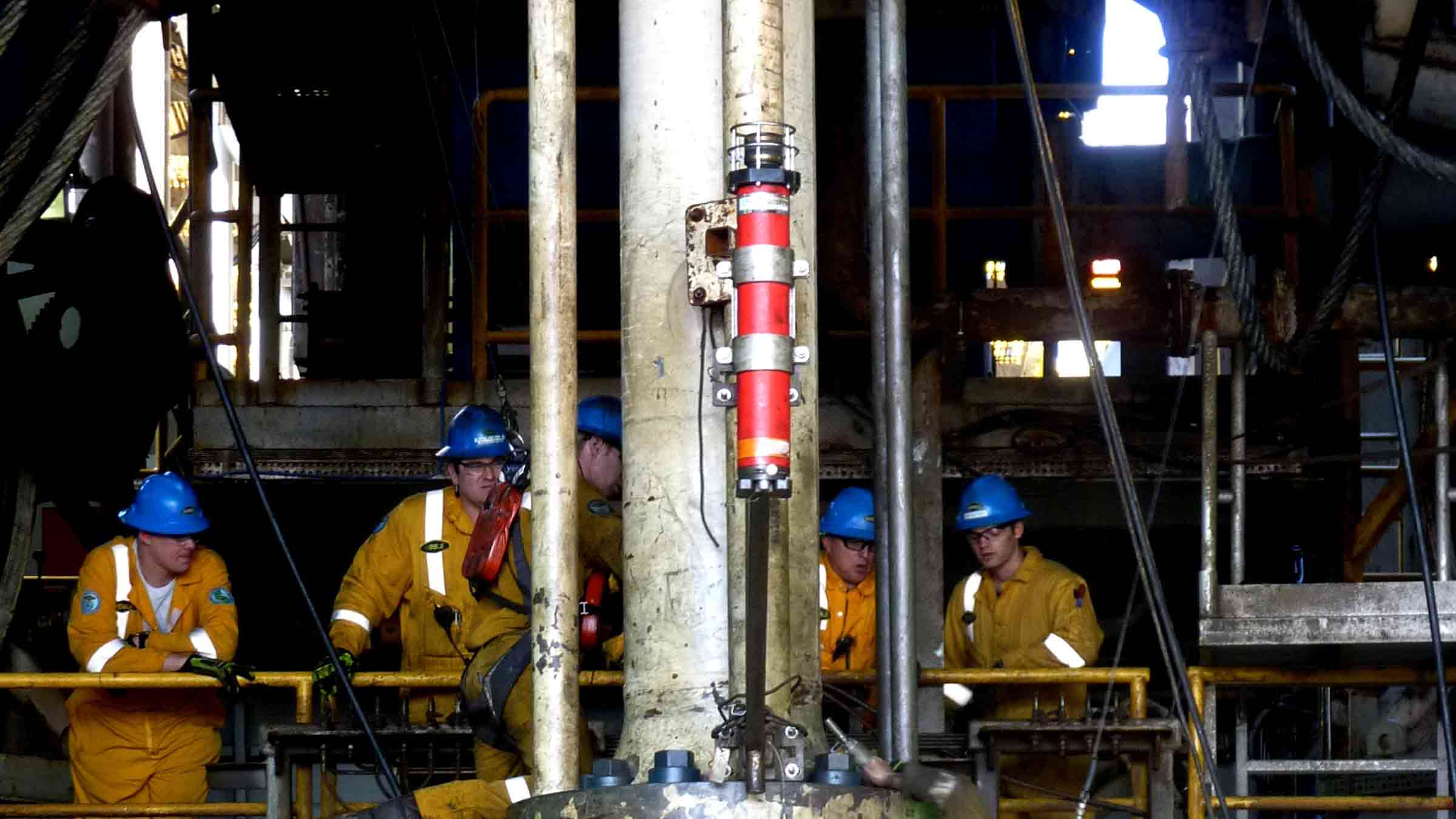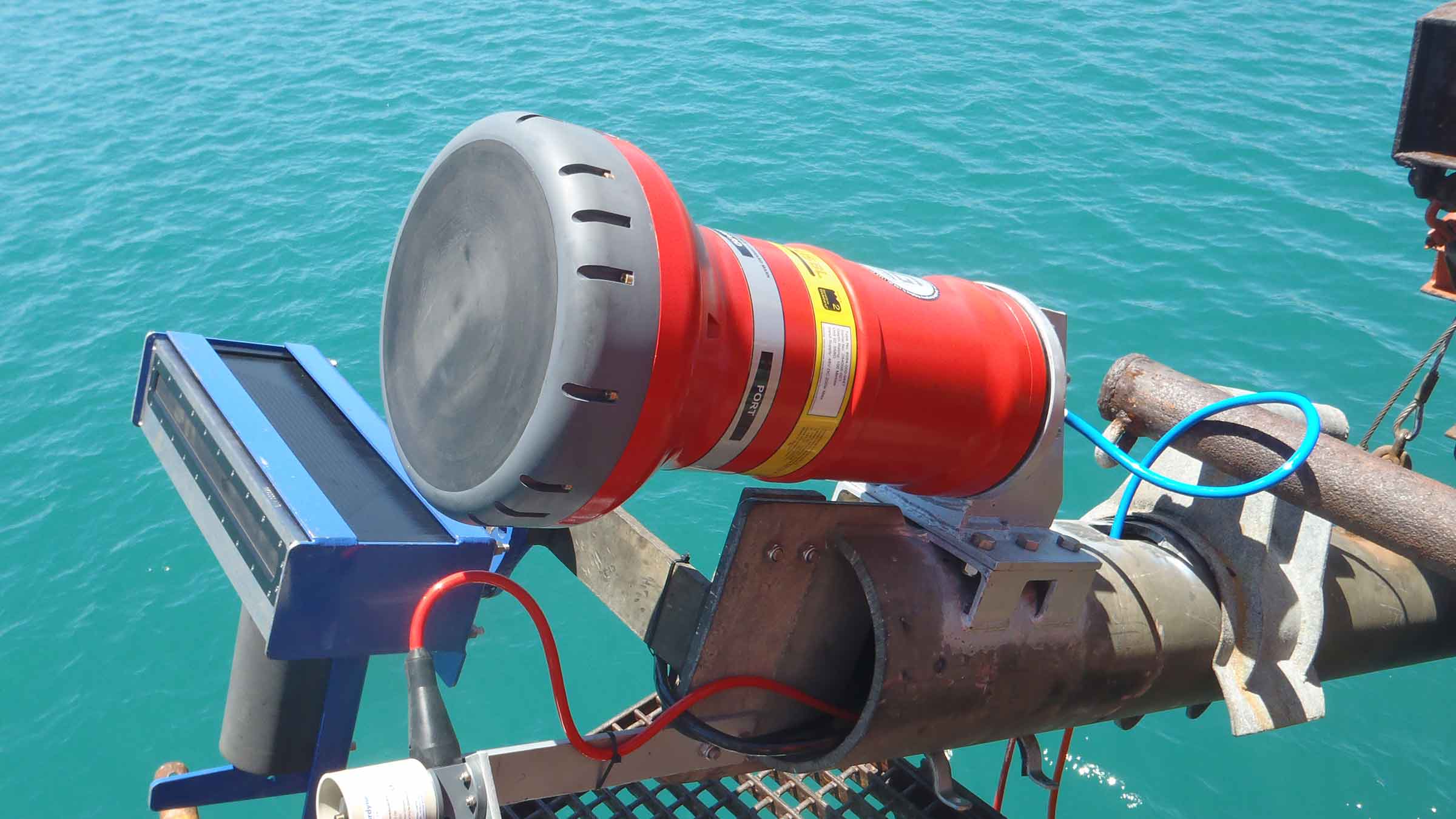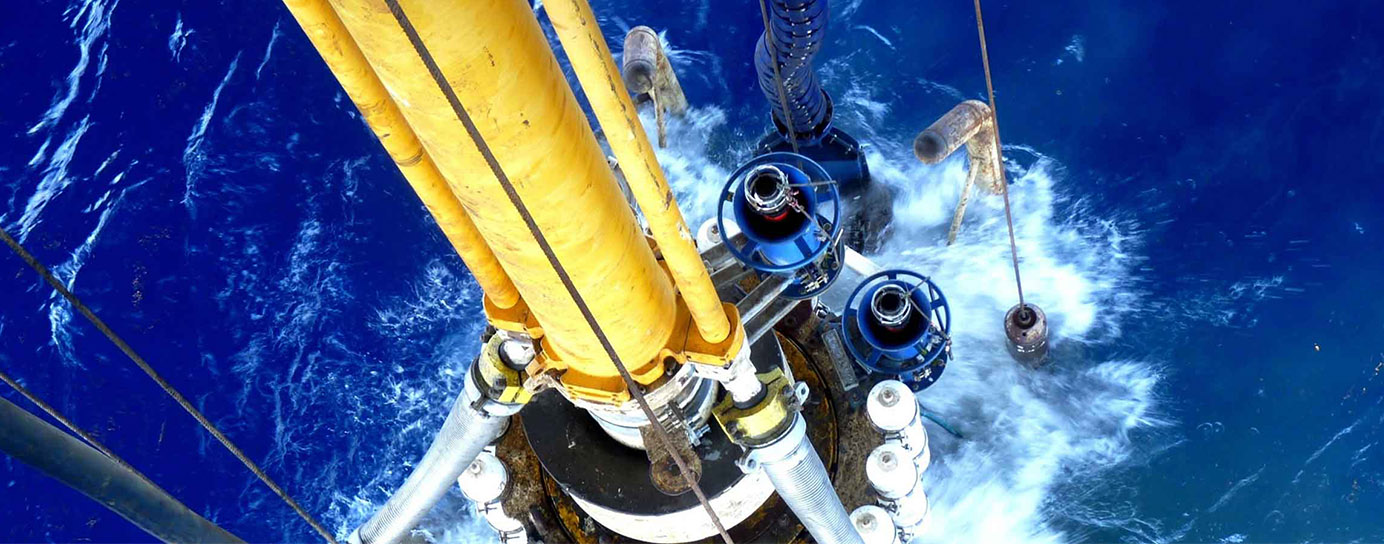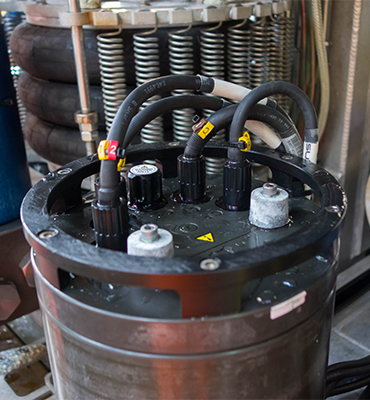Marksman LUSBL
Precise, seamless, robust
Precision engineered, Marksman leverages the strengths of both USBL and LBL acoustics, providing enhanced precision and range redundancy through seabed transponder networks.
Marksman seamlessly integrates with your existing DP system, whether you’re running GE, Kongsberg, MT, Navis, Rolls-Royce or Wärtsilä.
Robust and reliable dual independent hardware configurations provide redundancy to ensure your critical operations can continue even if part of the system becomes unavailable. There is also option of operating in triple redundancy configuration through the augmentation of our inertial navigation technology – known as DP-INS.
DP-INS has been developed to meet regulatory requirements which state that deep water drilling units must be equipped with three independent positioning reference inputs to their DP system. Traditionally, an acoustic positioning system and two separate GNSS systems are used.
However, vulnerability remains should the acoustics be affected by aeration and noise and both GNSS systems simultaneously affected by signal disruption. The latter is particularly common around equatorial regions and during periods of high solar radiation. Marksman removes this vulnerability by reducing the reliance on GNSS.
How Marksman elevates your operations
The Marksman system, built on ground-breaking 6G and Wideband 2 technology platforms, offers a comprehensive solution that combines faster, more robust data transmission with precision acoustic ranging that remains immune to vessel and ROV noise.
This trusted system, widely adopted by leading offshore energy operators in the Gulf of Mexico, Brazil, and West Africa, delivers uncompromising precision and global tracking capabilities at any depth, while seamlessly integrating with DP systems. Its dual and triple redundant configurations, immunity to GNSS disruptions, and extended battery life make it ideal for semi-permanent seabed deployments.
The system excels in mission-critical applications including riser monitoring and dynamic positioning reference, while offering valuable additional capabilities such as acoustic riser angle monitoring, backup BOP acoustic control, and data recovery from seafloor sensors. With its future-proof platform, simple user interface, and proven reliability, Marksman is the premier choice for operators requiring robust performance in demanding offshore environments.
Marksman at a glance
- Optimised for precise, repeatable positioning to save on fuel costs
- Compatible with all leading DP systems – Class 2 and 3 certified
- Dual and triple redundant configurations for ultimate reliability
- Global tracking capabilities in any water depth
- Precision operations in the harshest environments
Design
• Can be configured for DP2 and DP3 class vessels
• Dual and triple (INS) independent equipment configurations available
• Works with all makes of DP system; GE, Kongsberg, MT, Navis and Wärtsilä
• Suitable for new build and retrofit installations; drill ships, semi-subs, heavy lift, well intervention
Performance
• 7,000 m operating range
• DP telegrams; all industry standard supported
• Supports tracking of one surface and multiple subsea targets
• 1 second position update rate (dependent upon water depth)
Technology
• Compatible with all 6G vessel and subsea transceivers and transponder
• Long battery life; 6G transponders use low power electronics to extend battery life
• Wideband 2 signal processing ensures robust acoustic performance in noisy environments
• Hundreds of unique operating channels enable simultaneous operations in busy offshore areas
Additional capabilities
• Riser profiling (requires additional hardware and software)
• Recovery of data from Sonardyne seafloor sensors
• Riser angle monitoring (requires additional hardware and software)
Specifications
| Marksman System Performance | LUSBL Tracking | USBL Tracking | |
|---|---|---|---|
| Water Depth | LBL Array Radius | Expected Repeatability | Expected Repeatability |
| 1000 m | 175 m | 0.16 m | 1.5 m |
| 2000 m | 350 m | 0.17 m | 2.9 m |
| 3000 m | 525 m | 0.39 m | 5.1 m |
| Expected repeatability values are 1 drms assuming quiet vessel (84 dB//μPa.m) with standard size USBL transceiver at centre of an array of 5 directional beacons, correct sound speed, rigid deployment and Lodestar AHRS. | |||
| Number of Targets Tracked | 1 surface, unlimited subsea | ||
| Position Update Rate | 1 second, dependent upon water depth | ||
| Gyro Data Formats | NMEA HDT, SG Brown (ASCII, BIN), Robertson SKR82 | ||
| VRU Data Formats | SON2, TSS1, TSS2, EM1000, EM3000, PRDID | ||
| GPS Data Formats | GPGGA, GPGLL |
